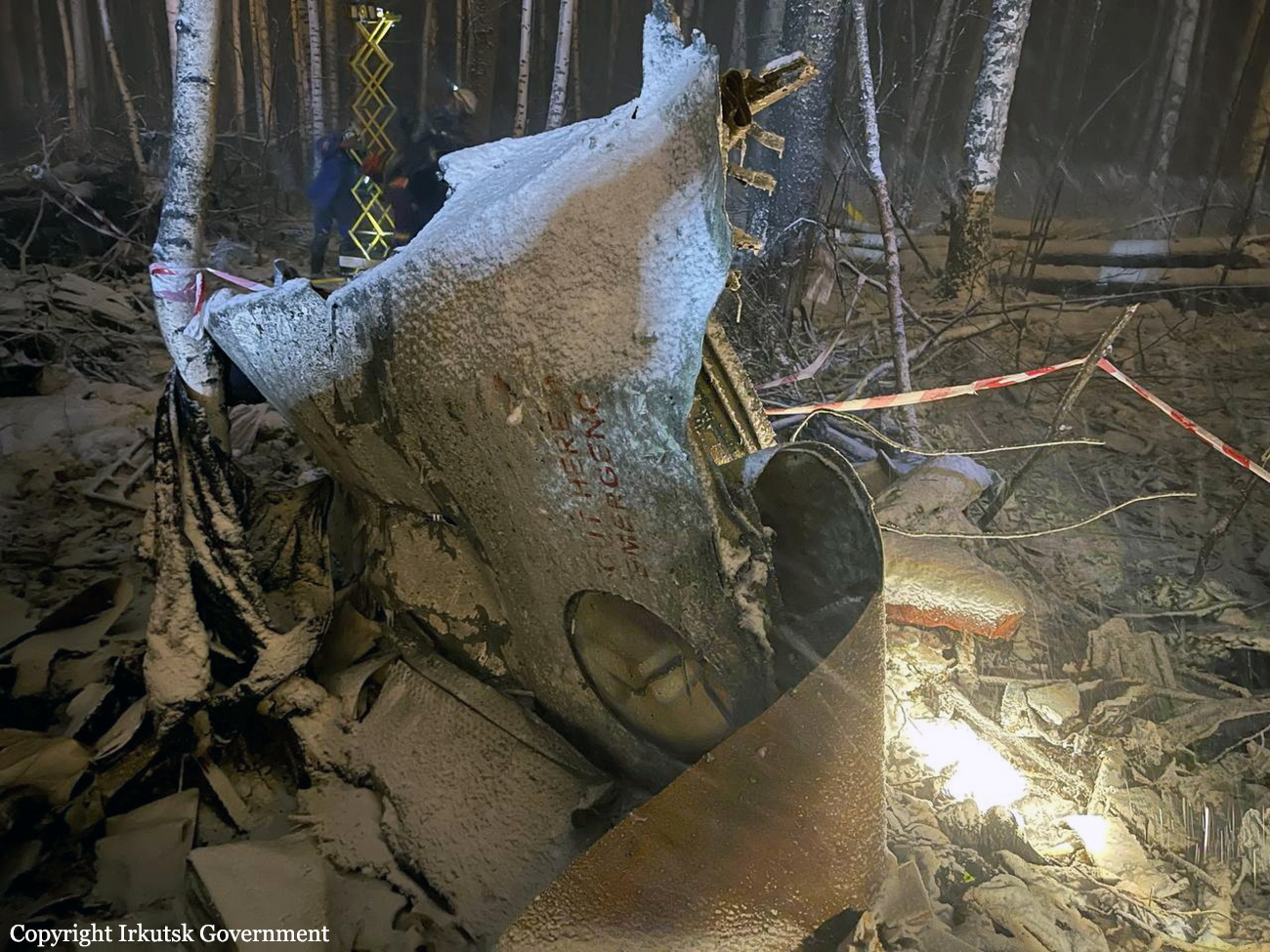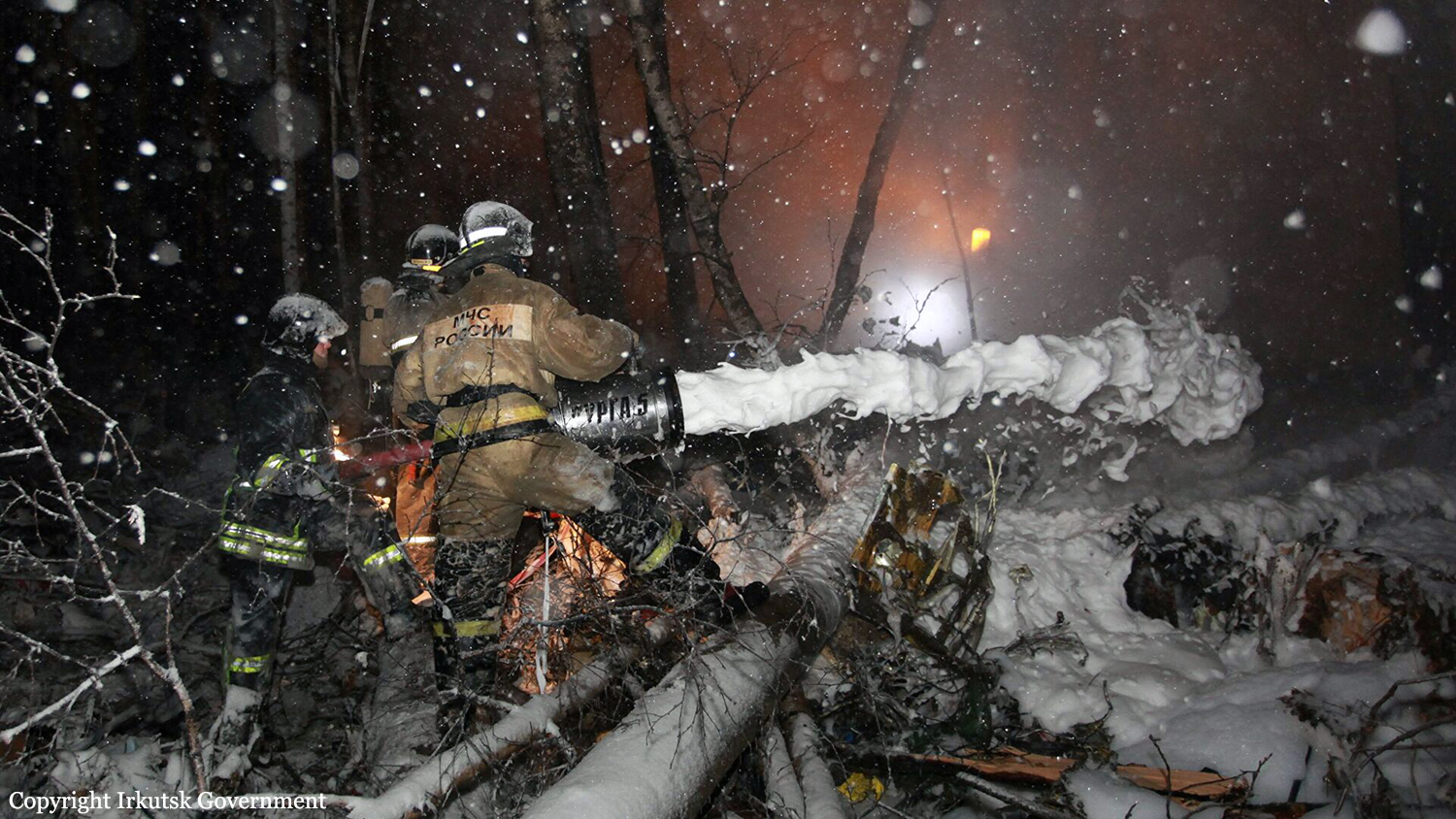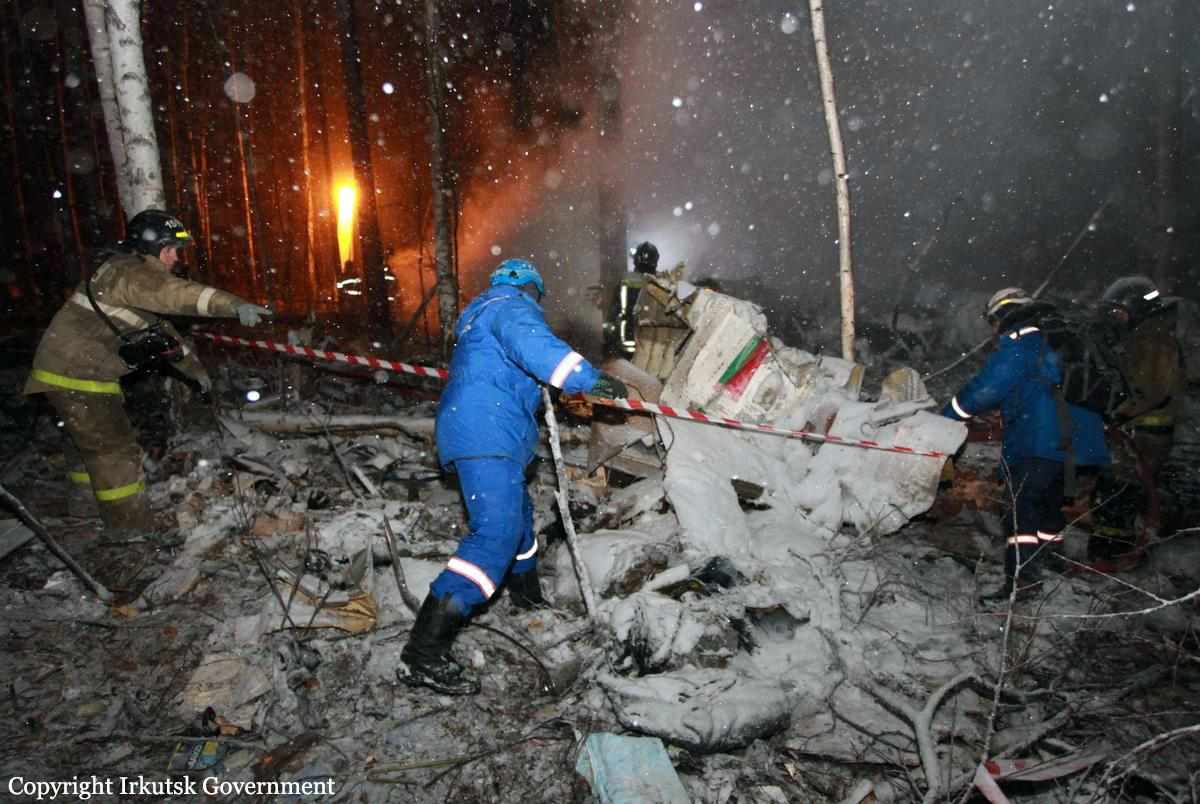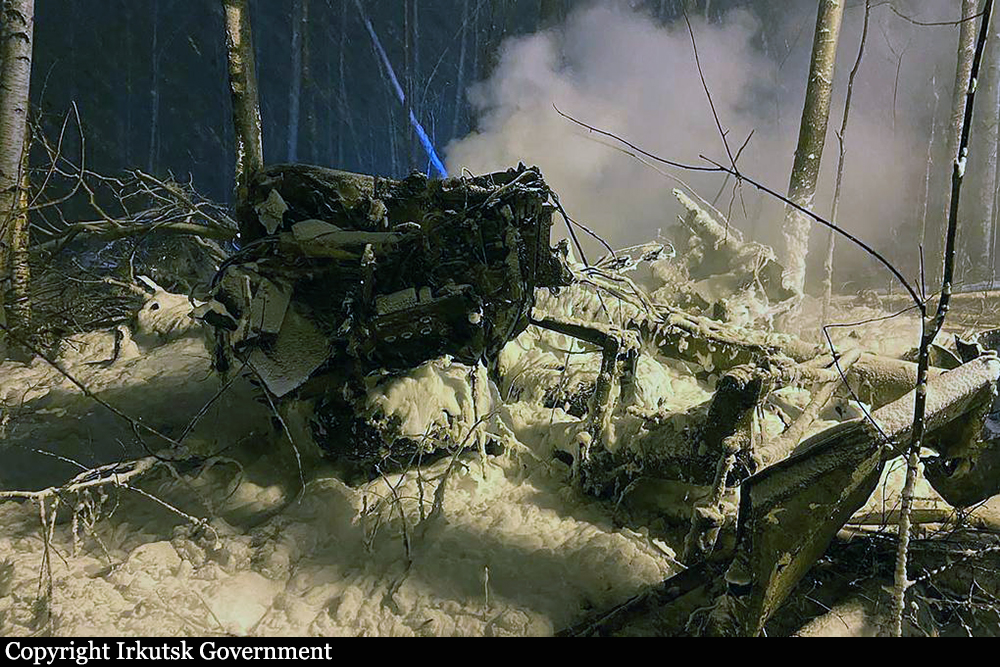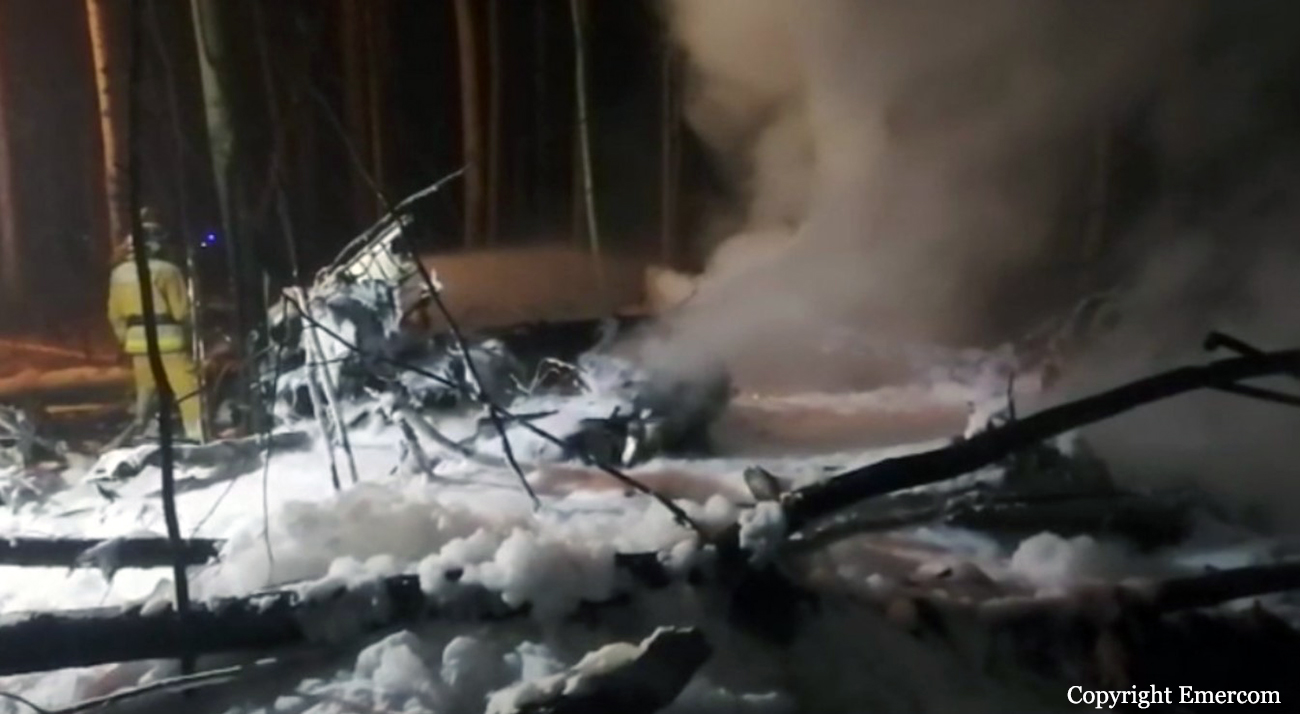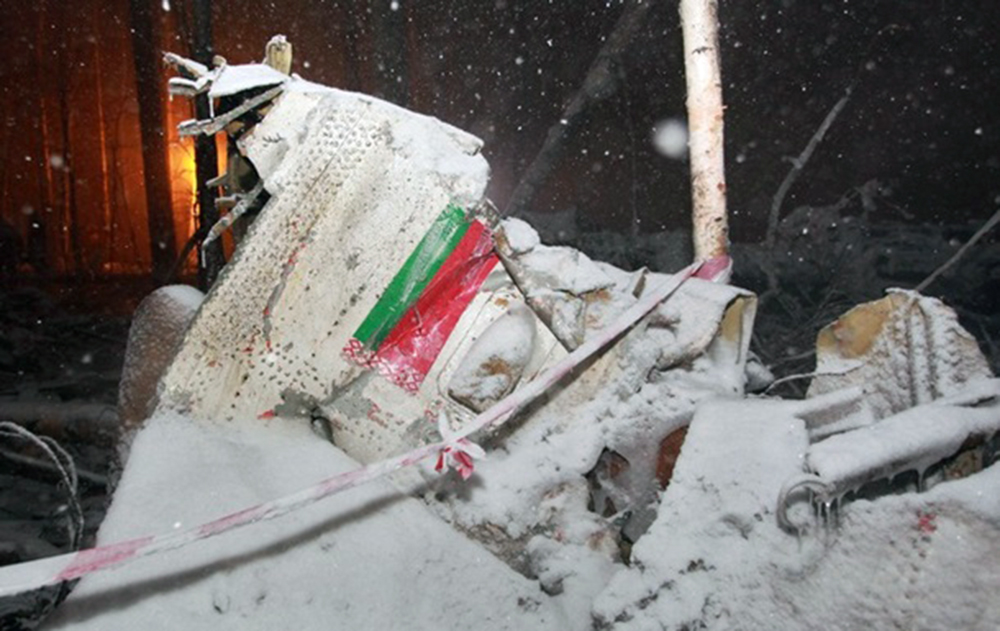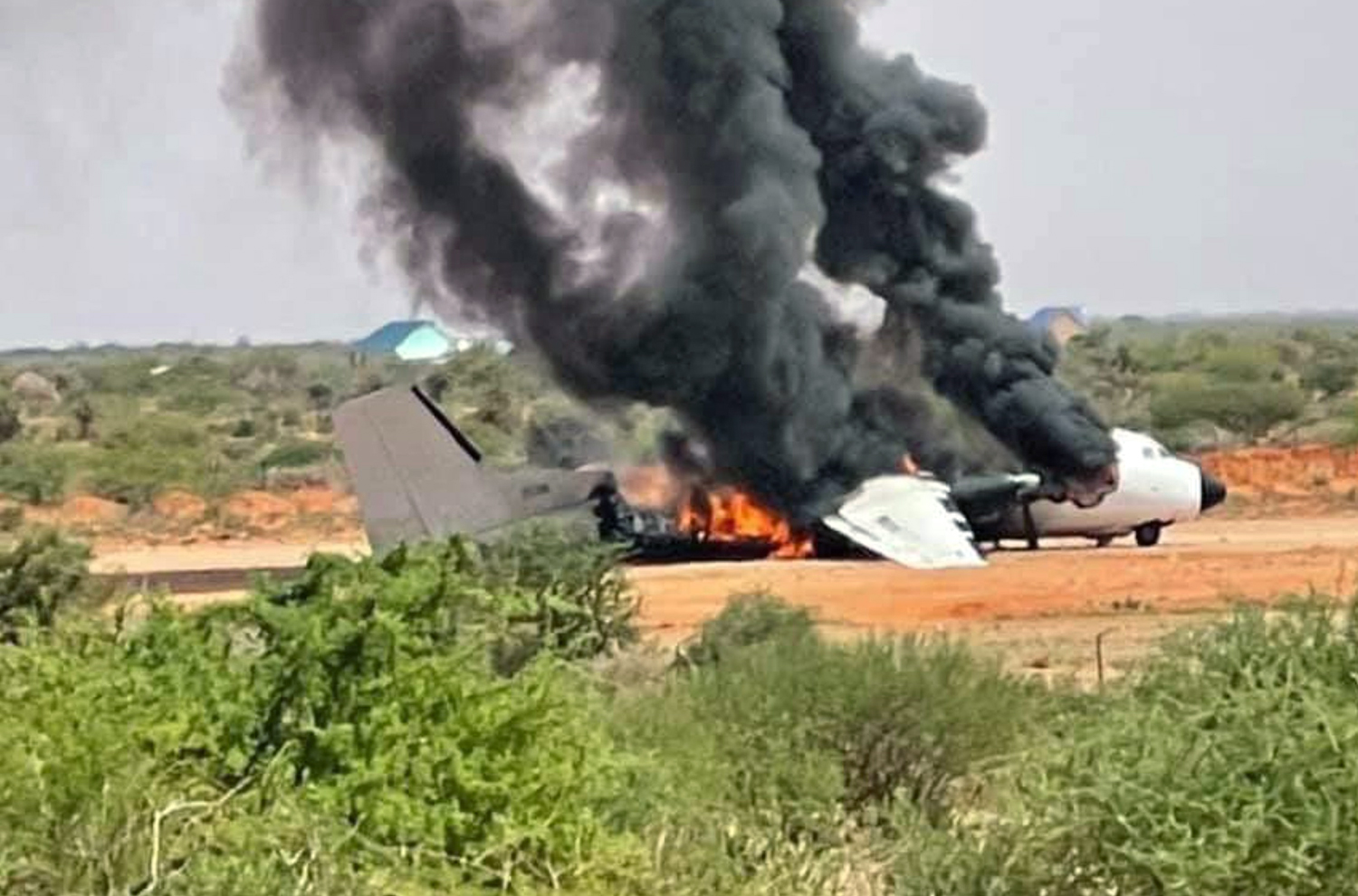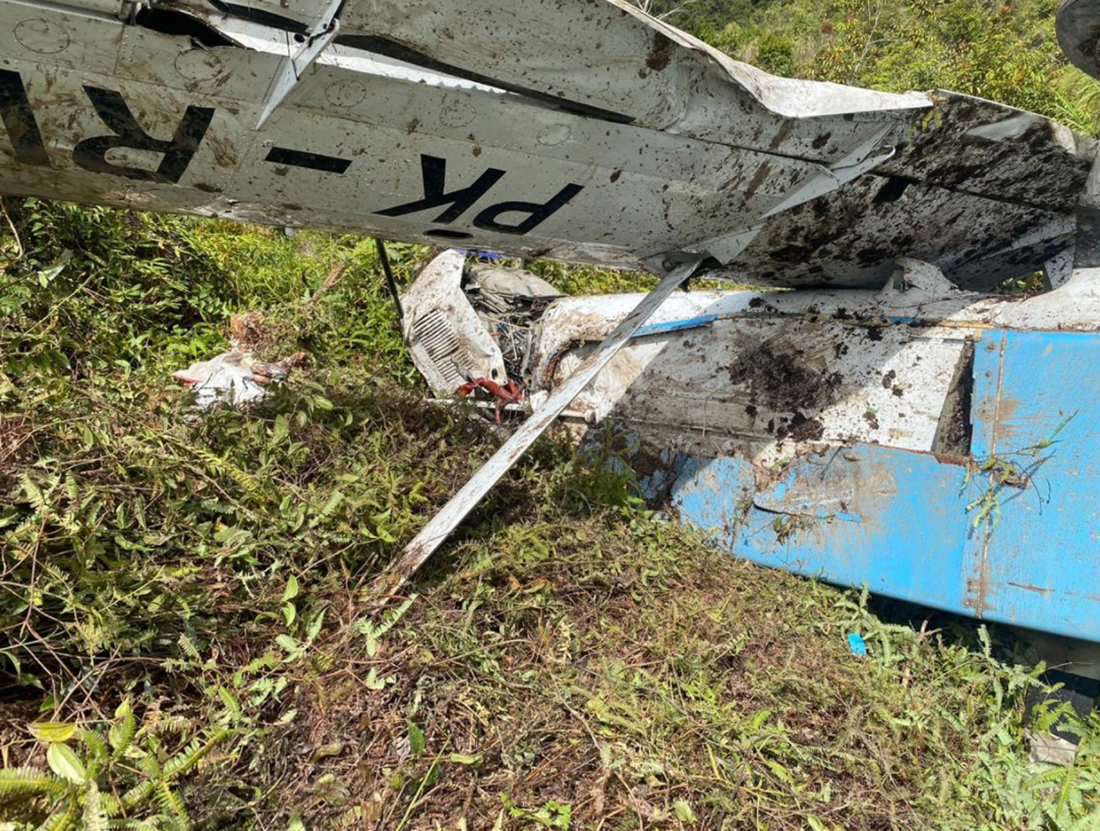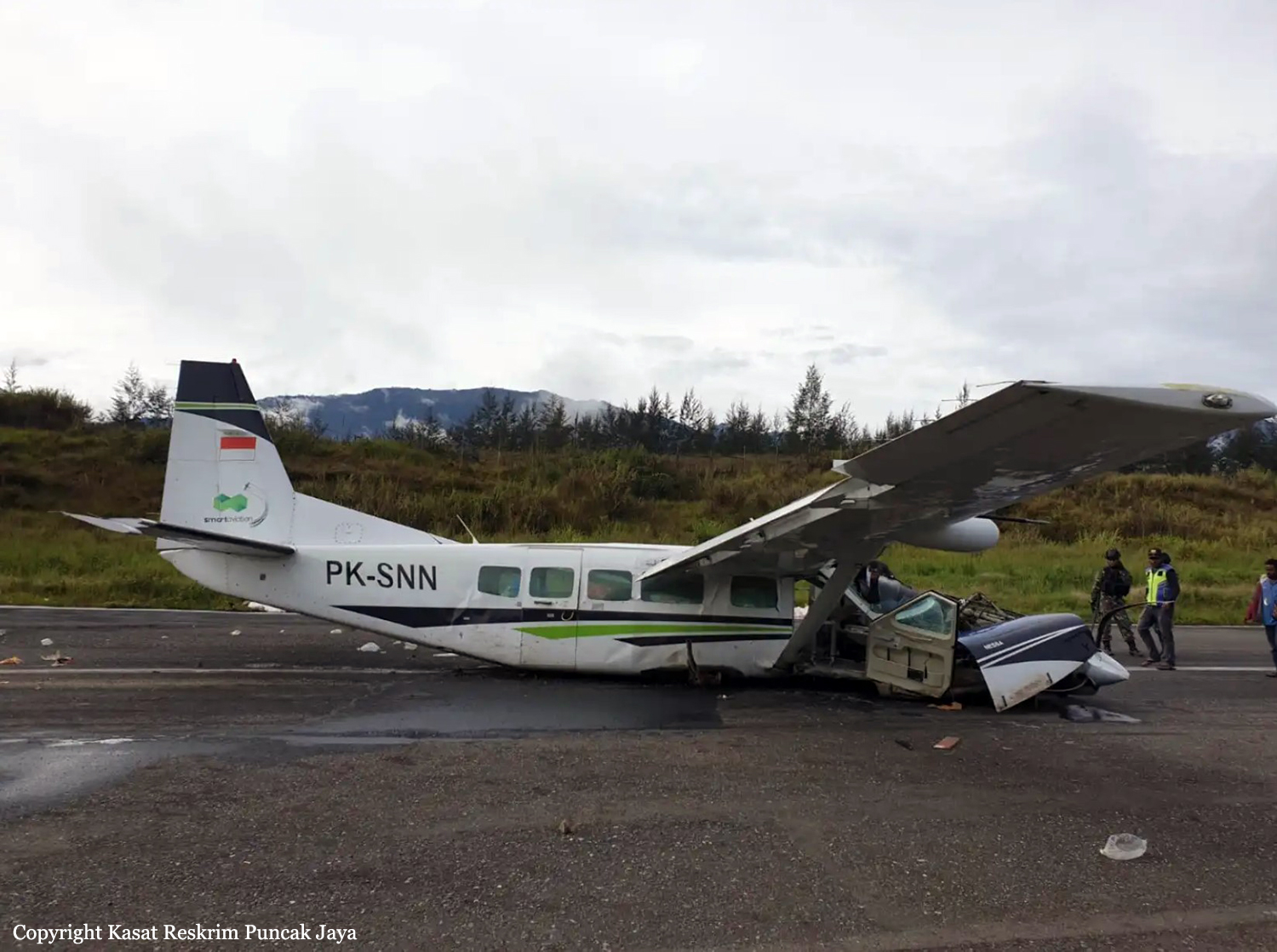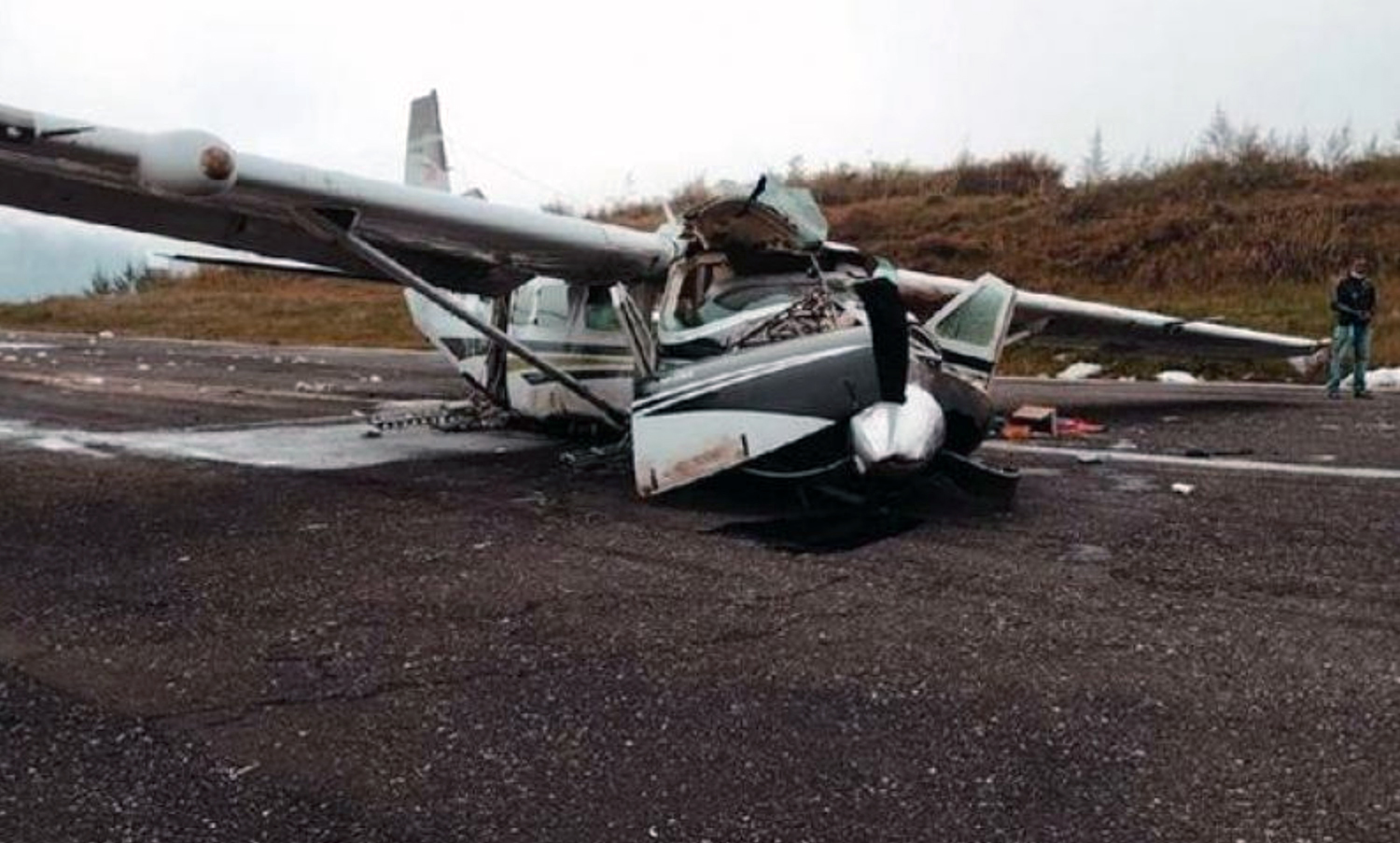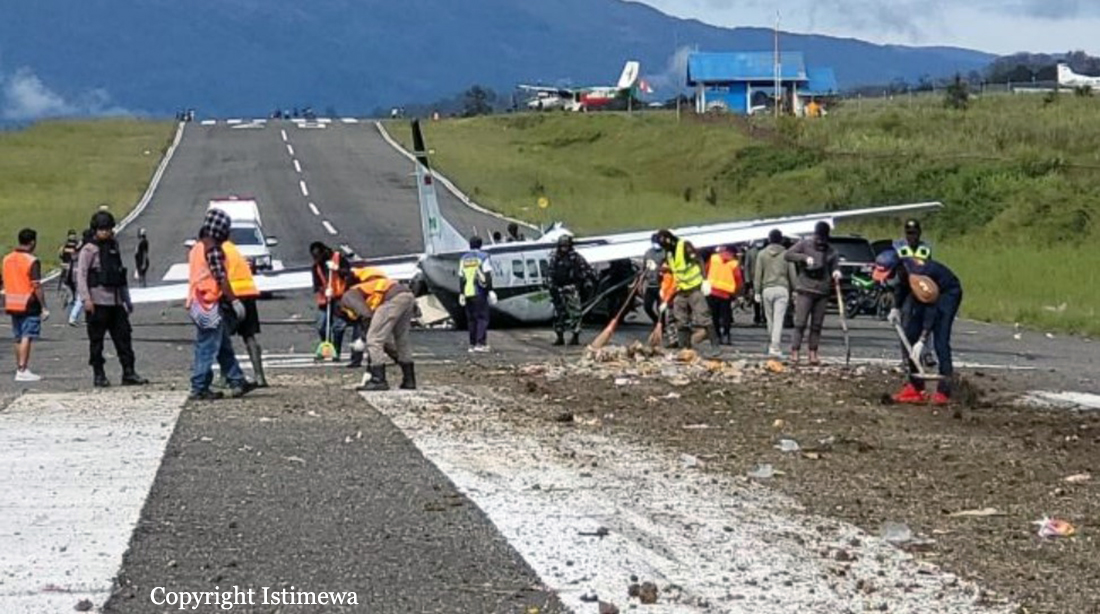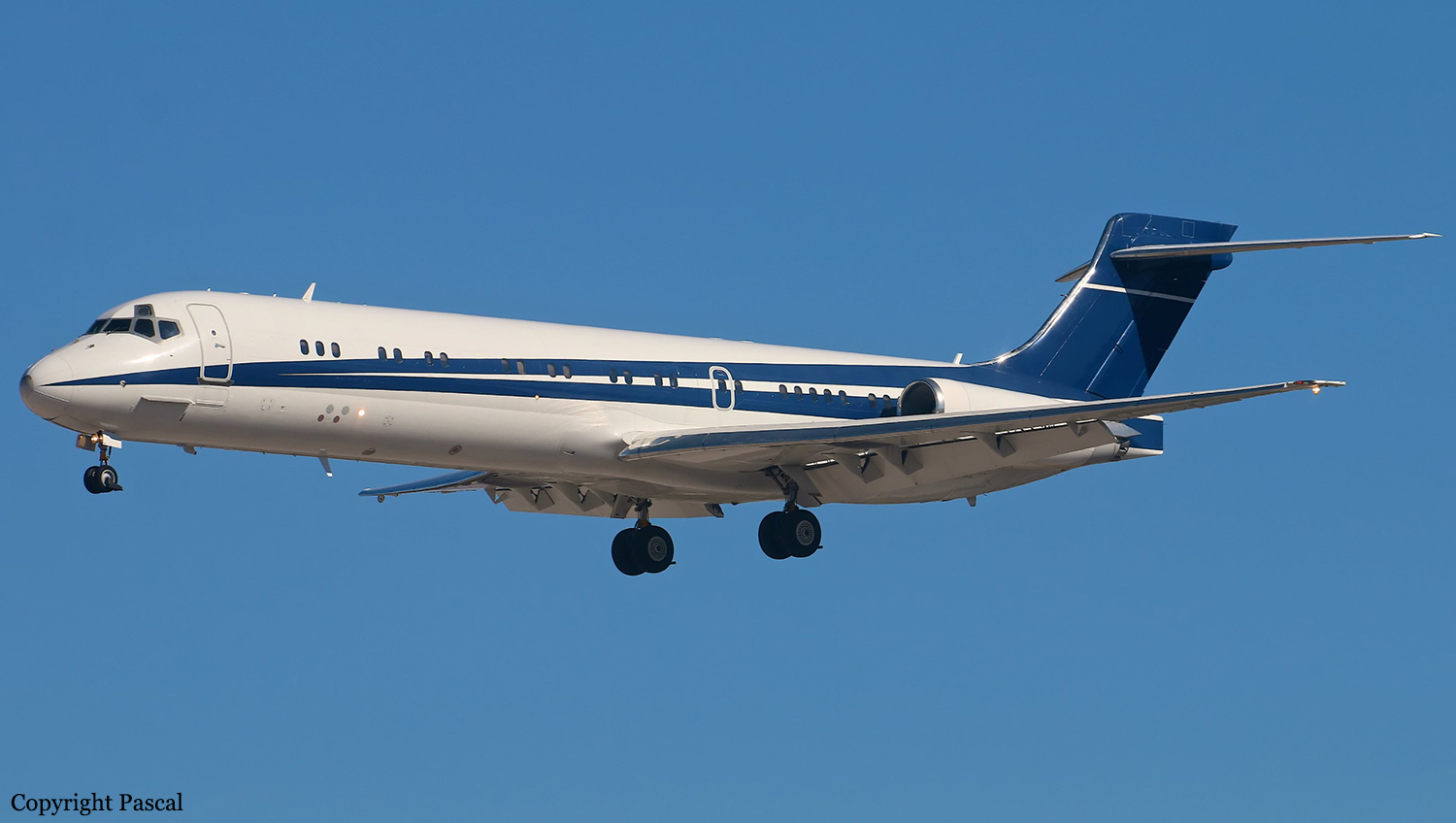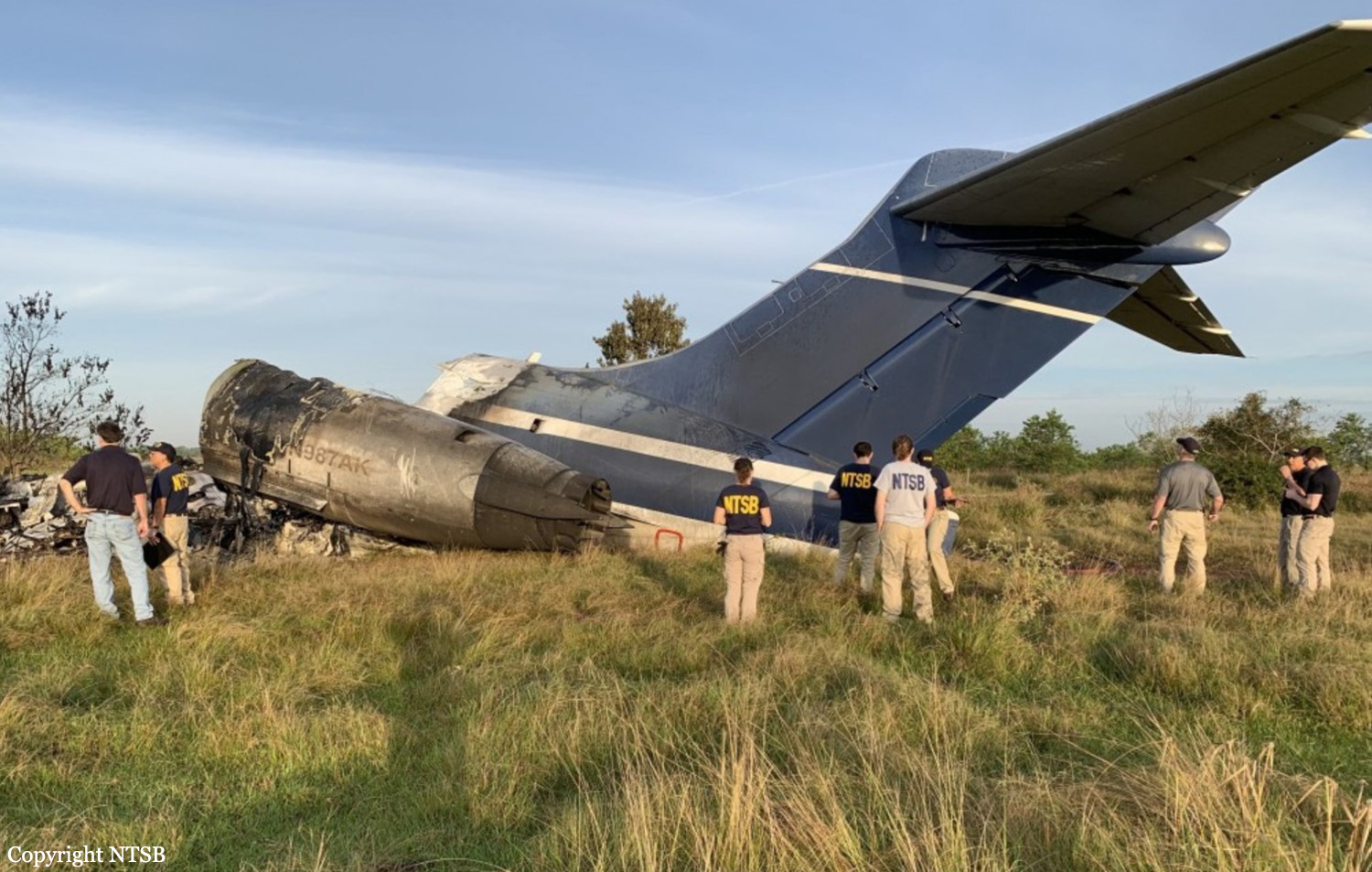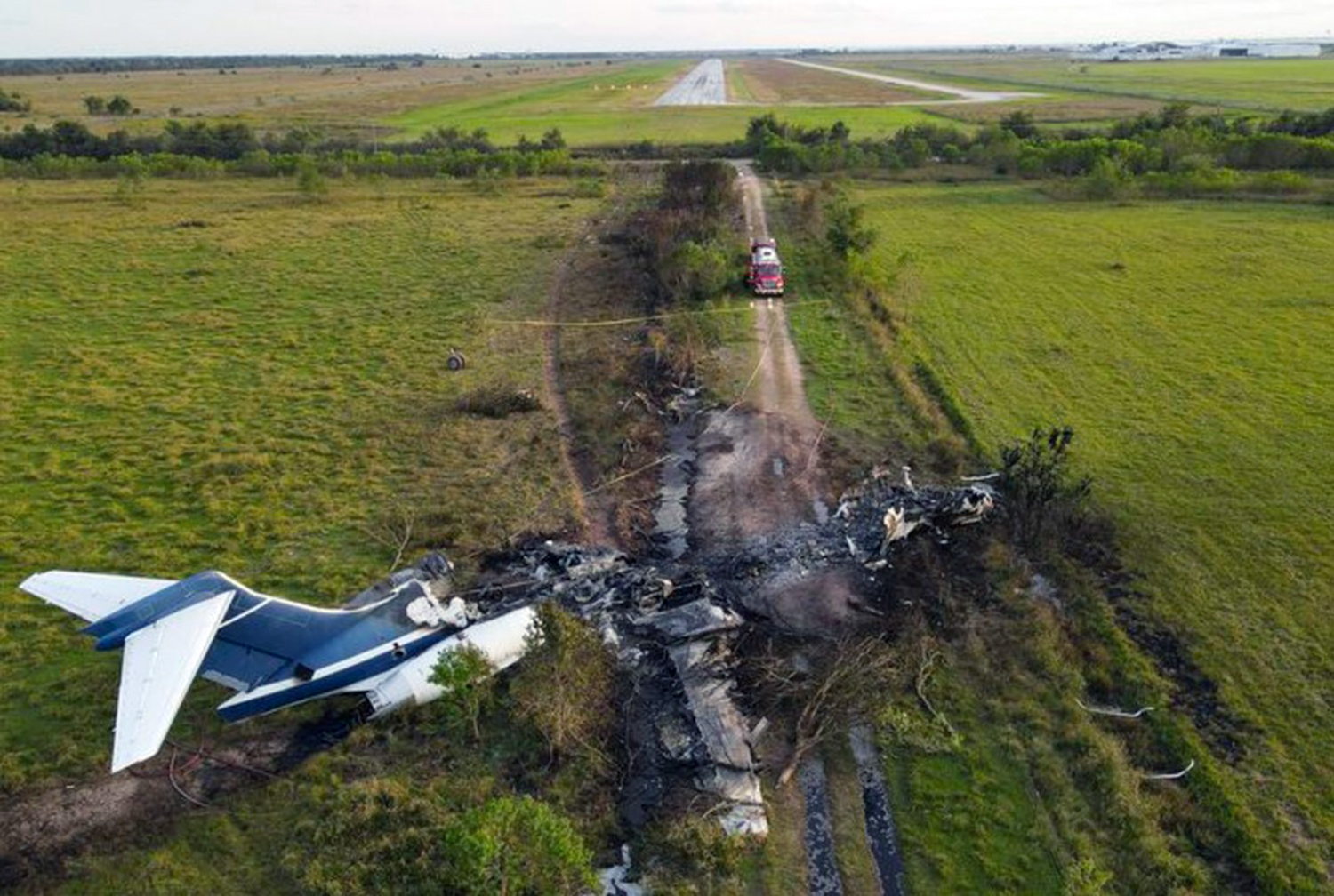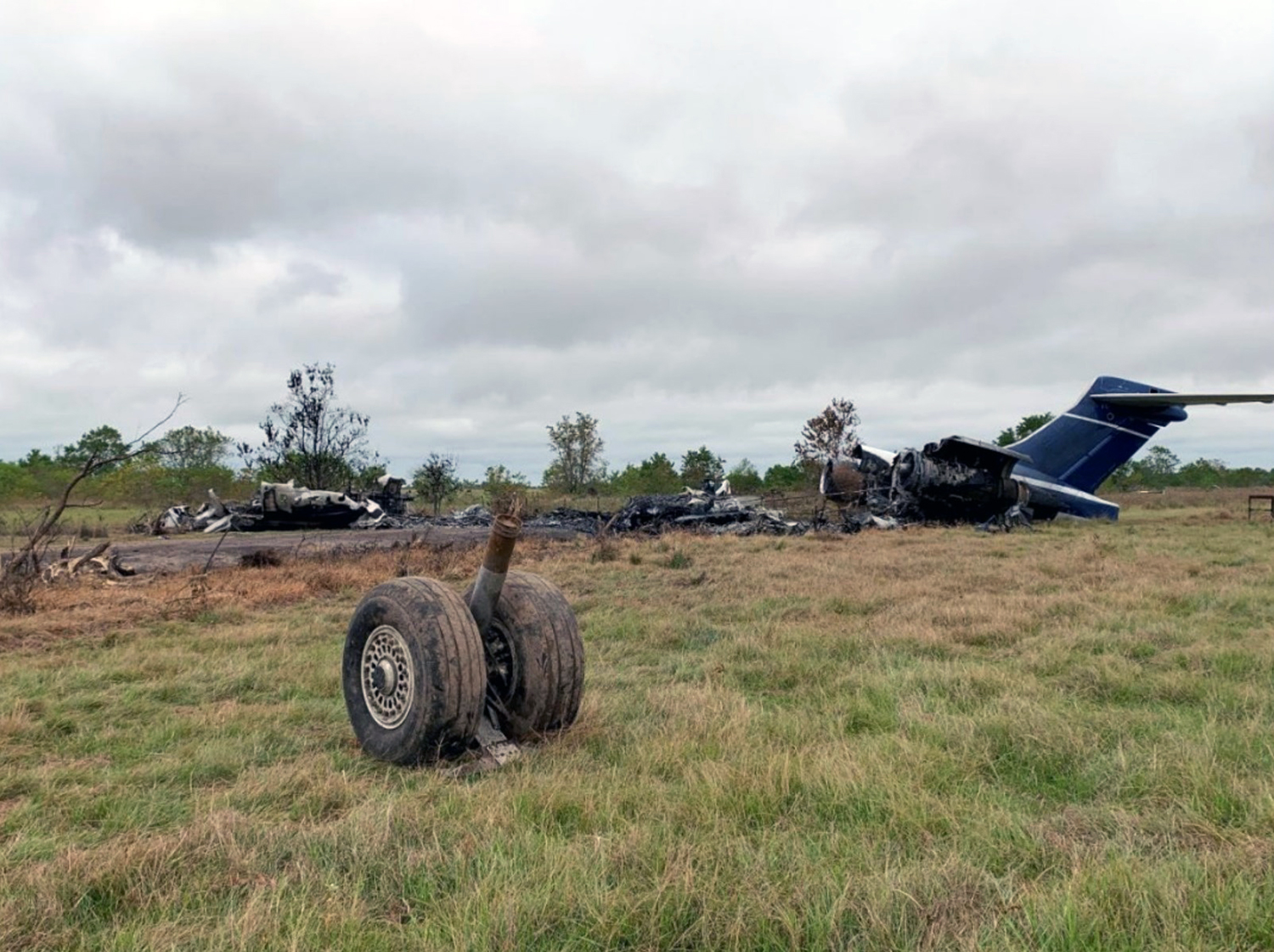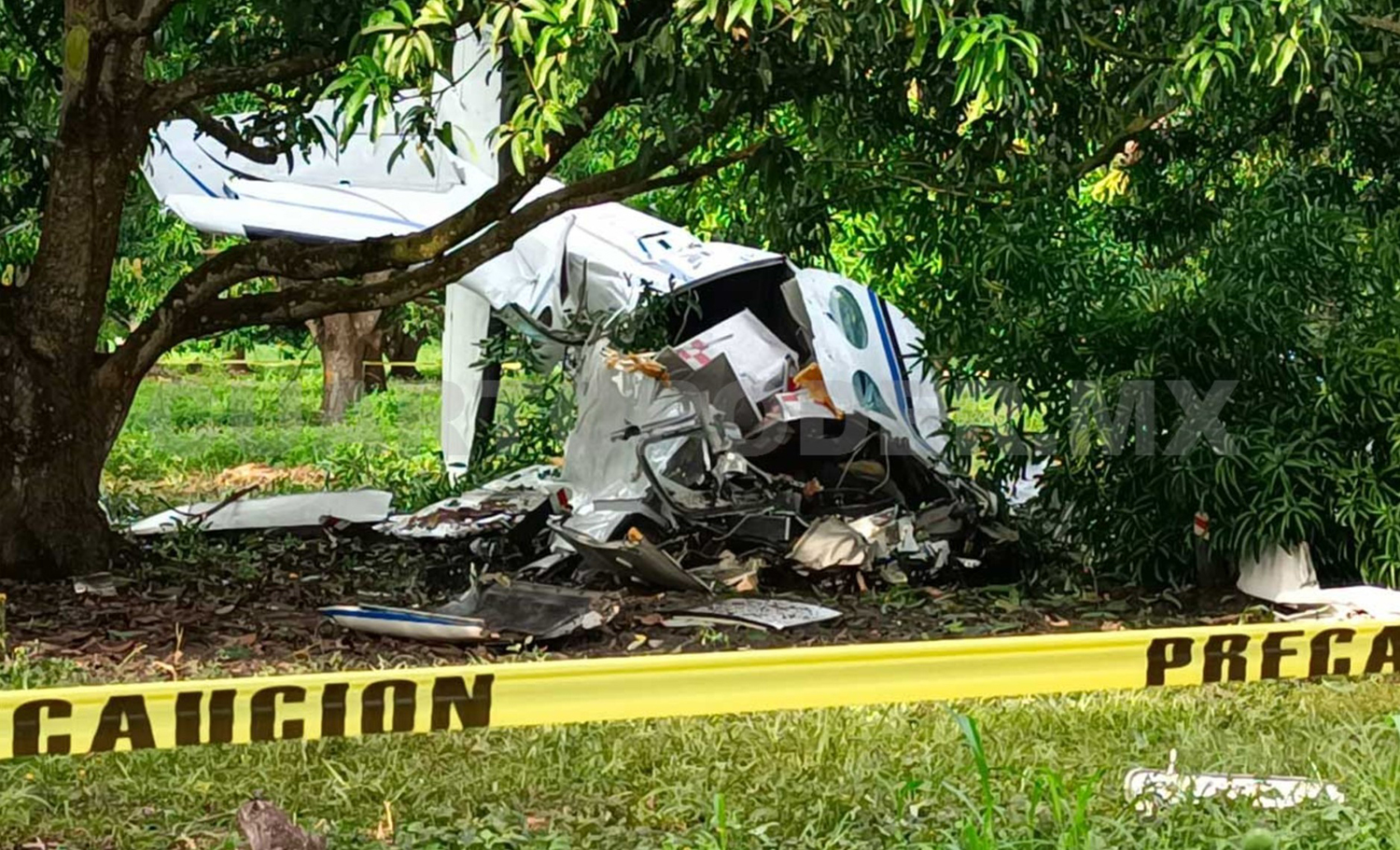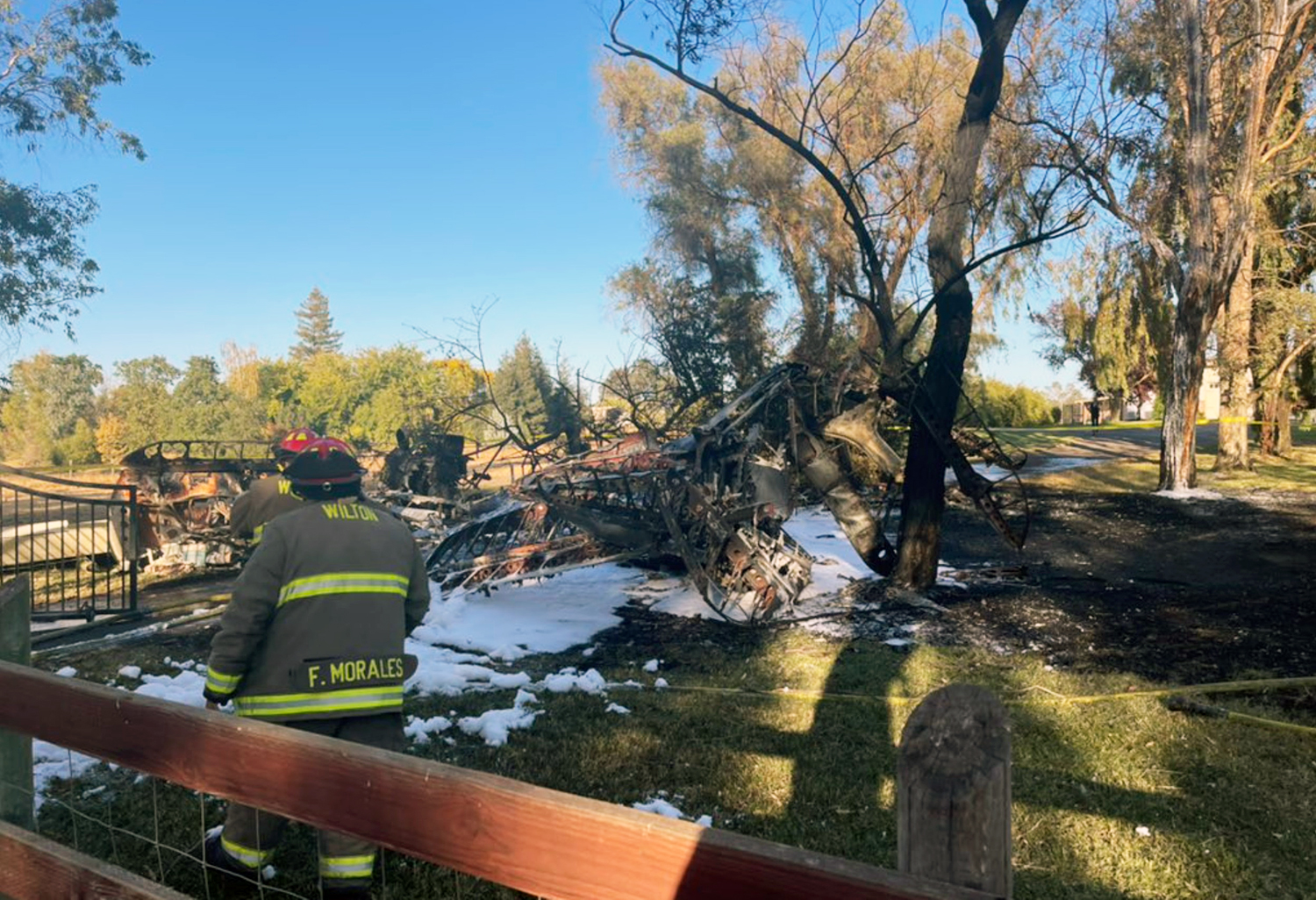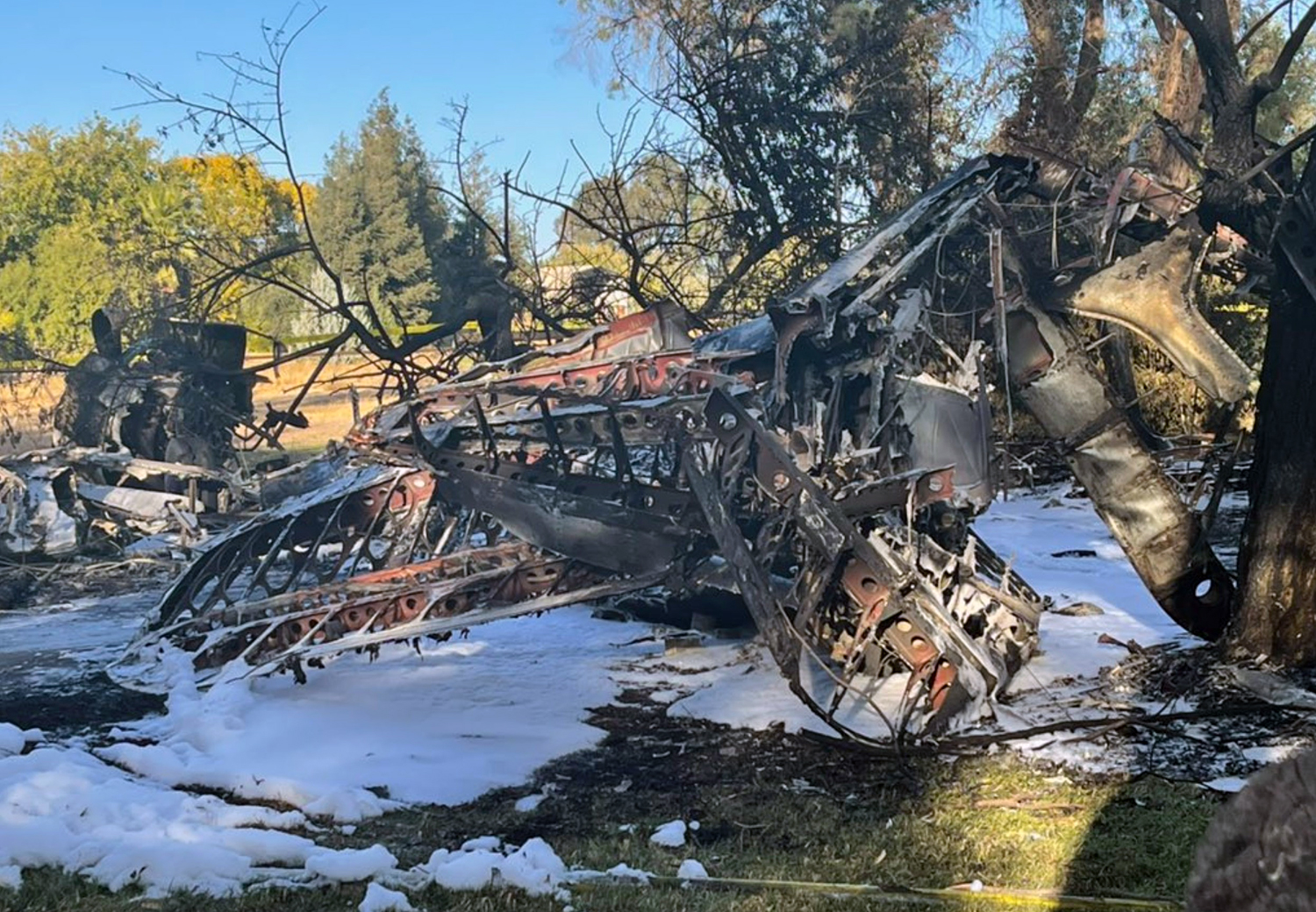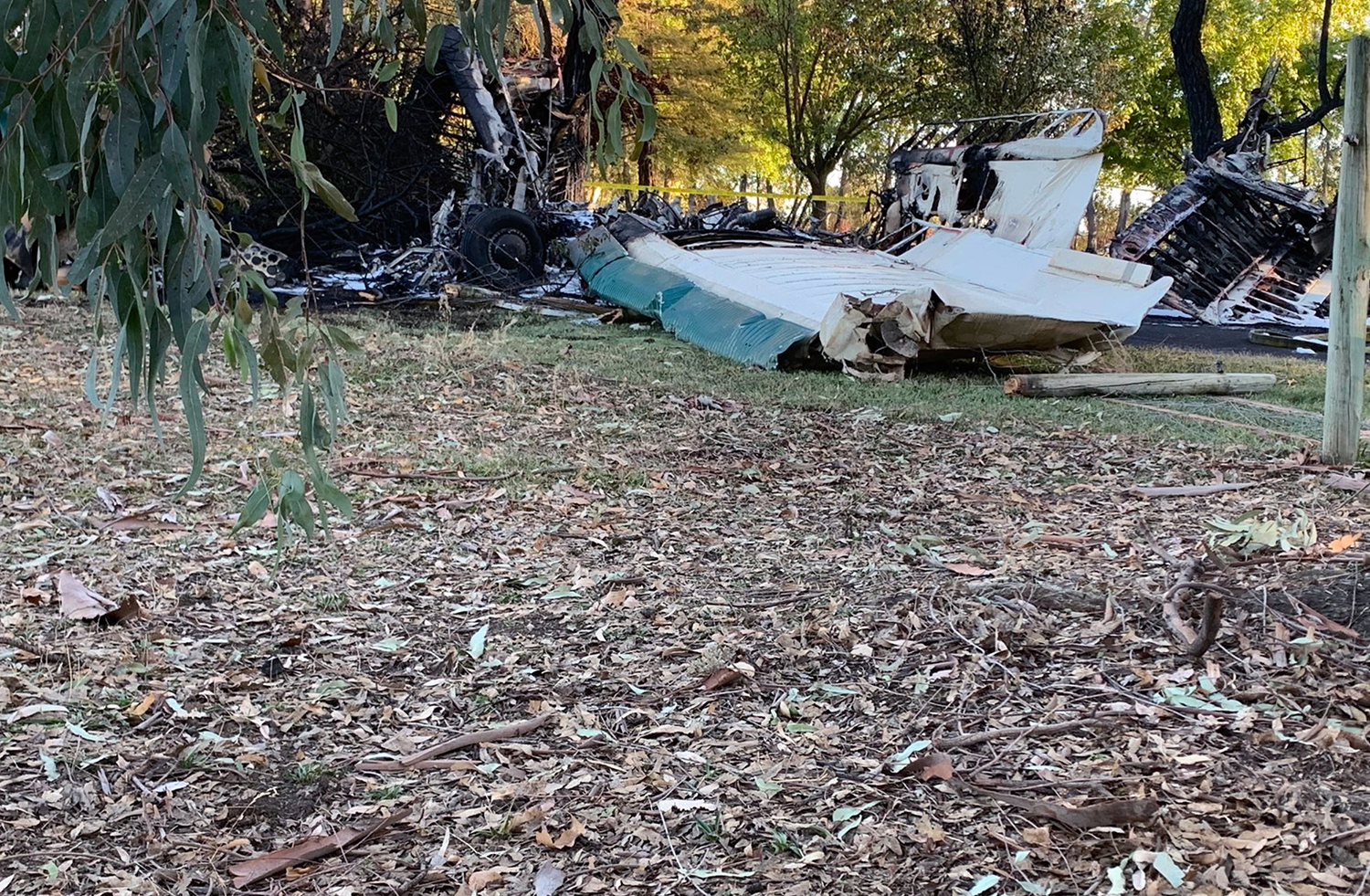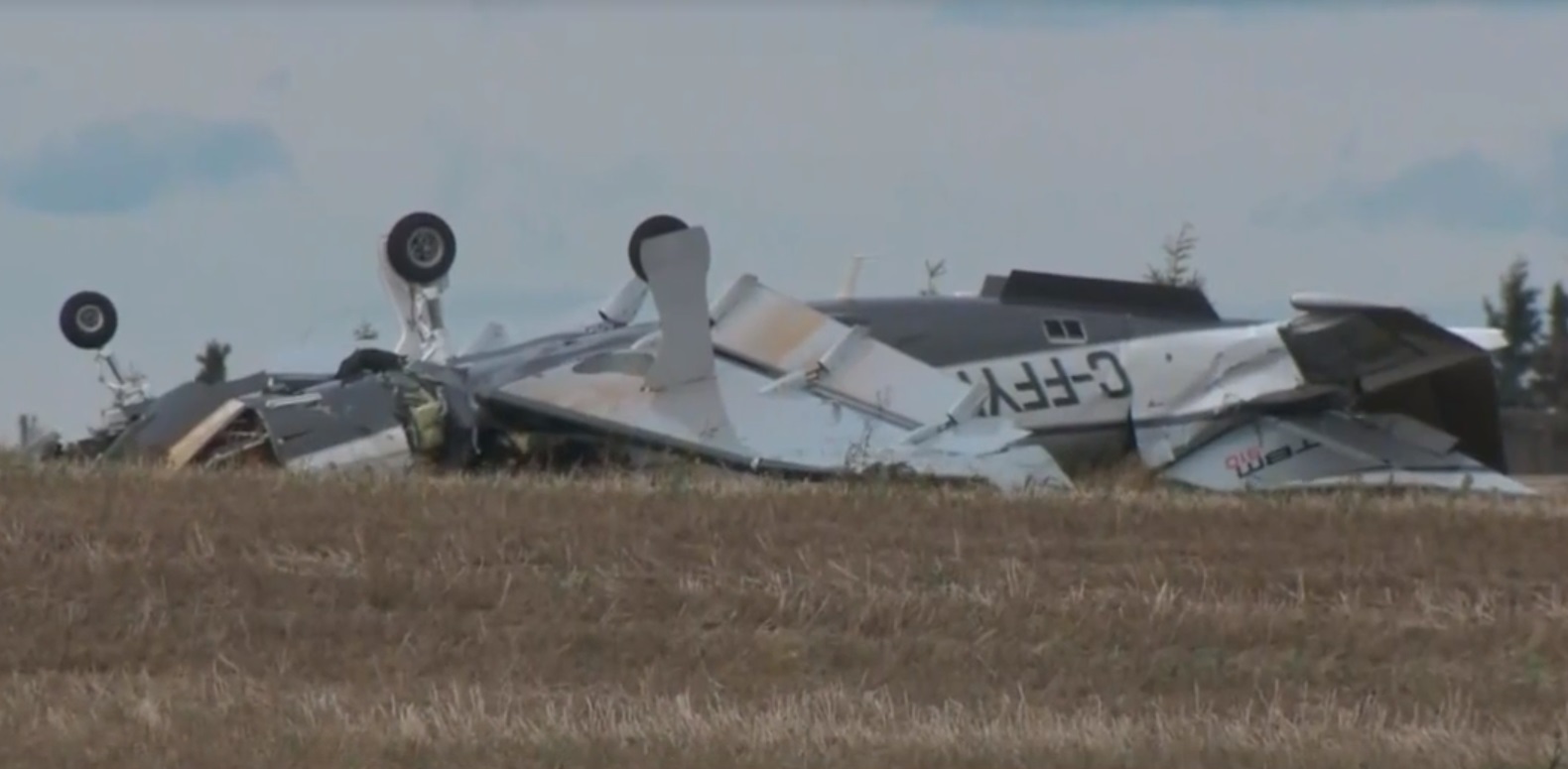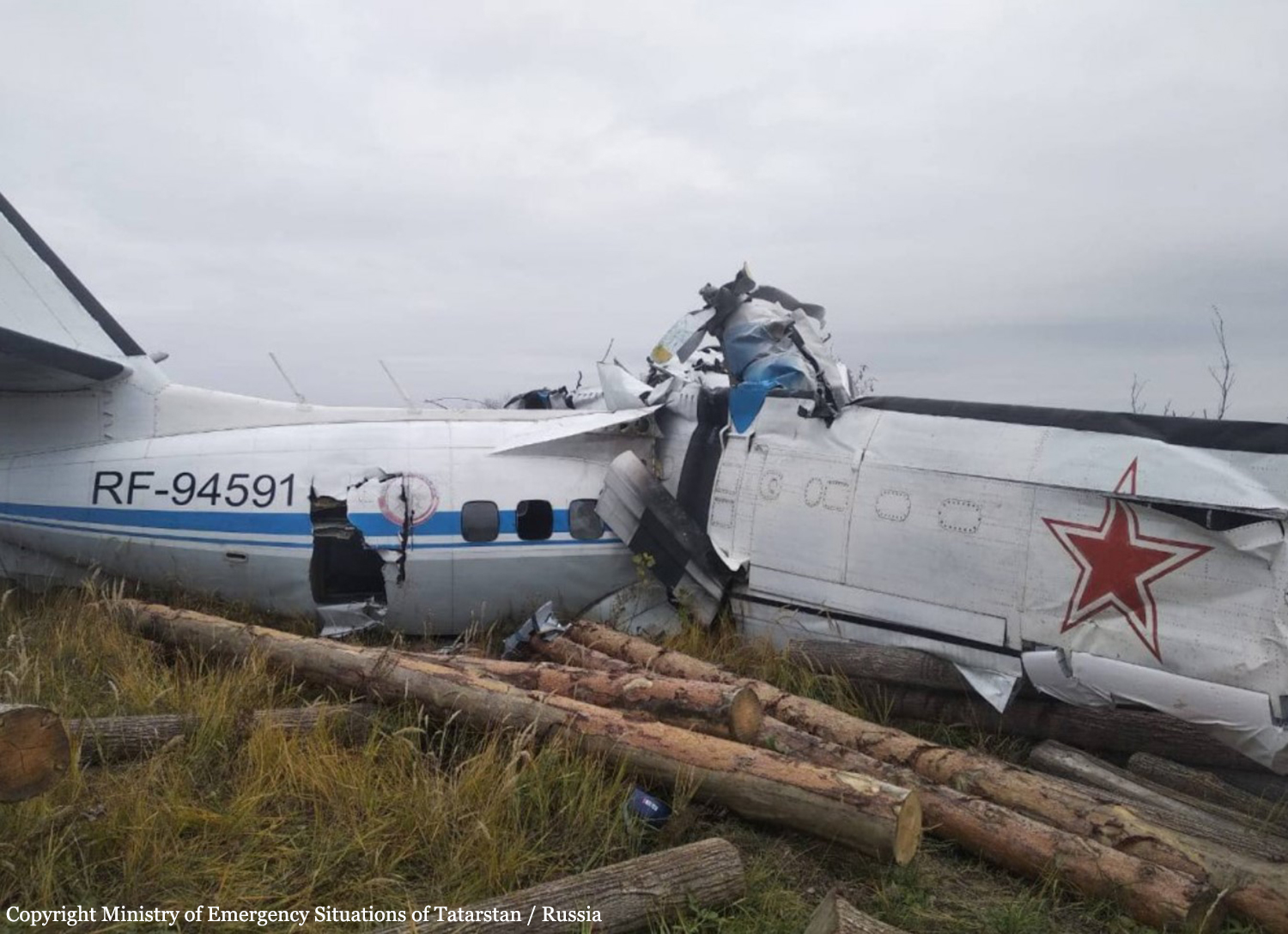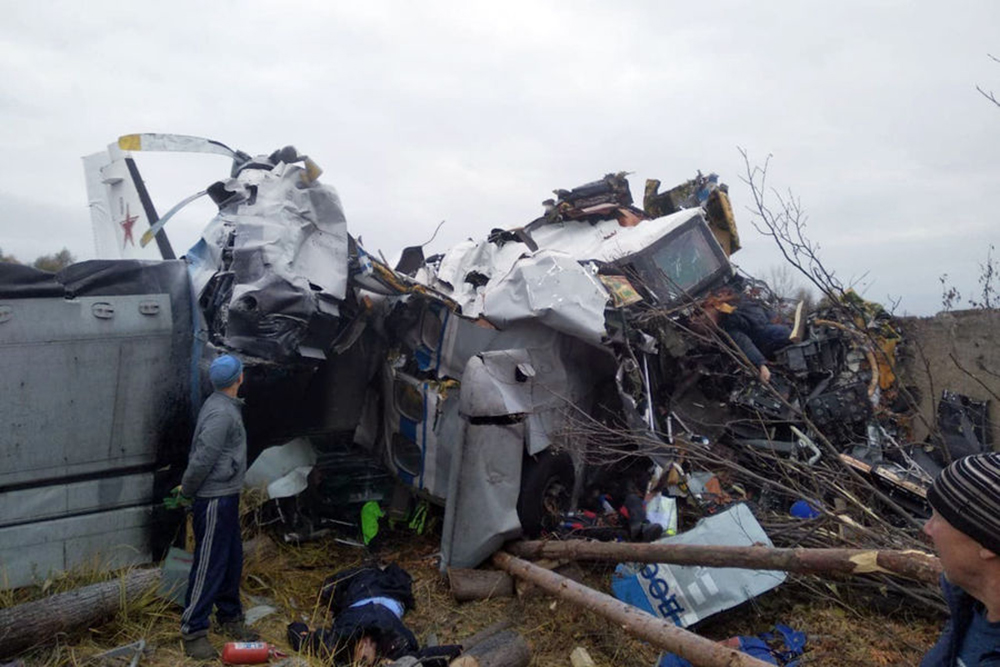Crash of an Antonov AN-12BK in Irkutsk: 9 killed
Date & Time:
Nov 3, 2021 at 1945 LT
Registration:
EW-518TI
Survivors:
No
Schedule:
Yakutsk - Irkutsk
MSN:
8 34 61 07
YOM:
1968
Crew on board:
7
Crew fatalities:
Pax on board:
2
Pax fatalities:
Other fatalities:
Total fatalities:
9
Captain / Total hours on type:
11182.00
Circumstances:
The four engine aircraft was completing a cargo flight, carrying two passengers, seven crew members and a load consisting of foods. While on a night approach to Irkutsk-Intl Airport Runway 30, the crew encountered poor visibility due to snow falls. On final, at a height of about 240 metres, the captain decided to initiate a go-around procedure when the aircraft impacted trees, stalled and crashed in a wooded area, bursting into flames. The wreckage was found about 3,1 km short of runway 30. The aircraft was totally destroyed by impact forces and a post crash fire and all nine occupants were killed.
